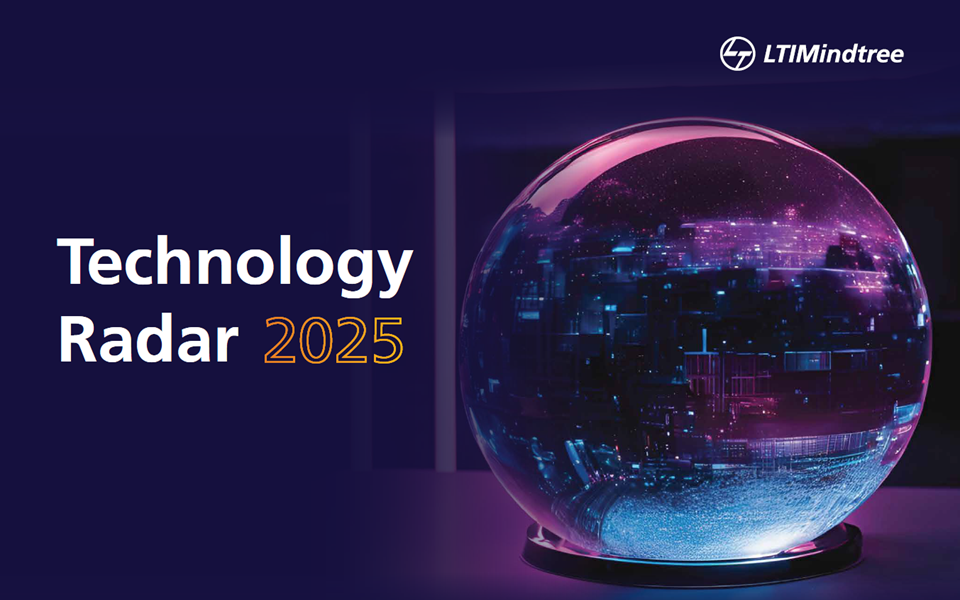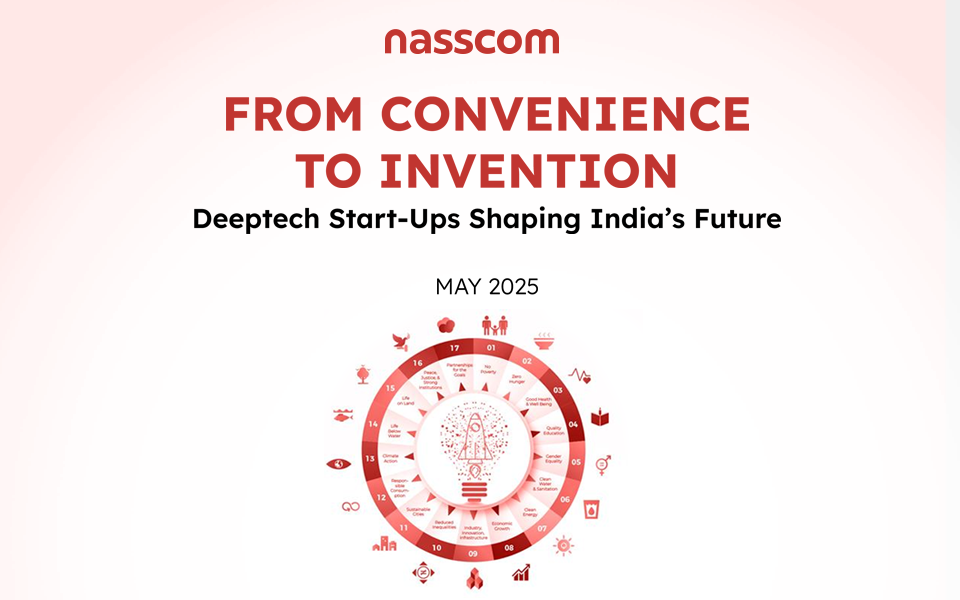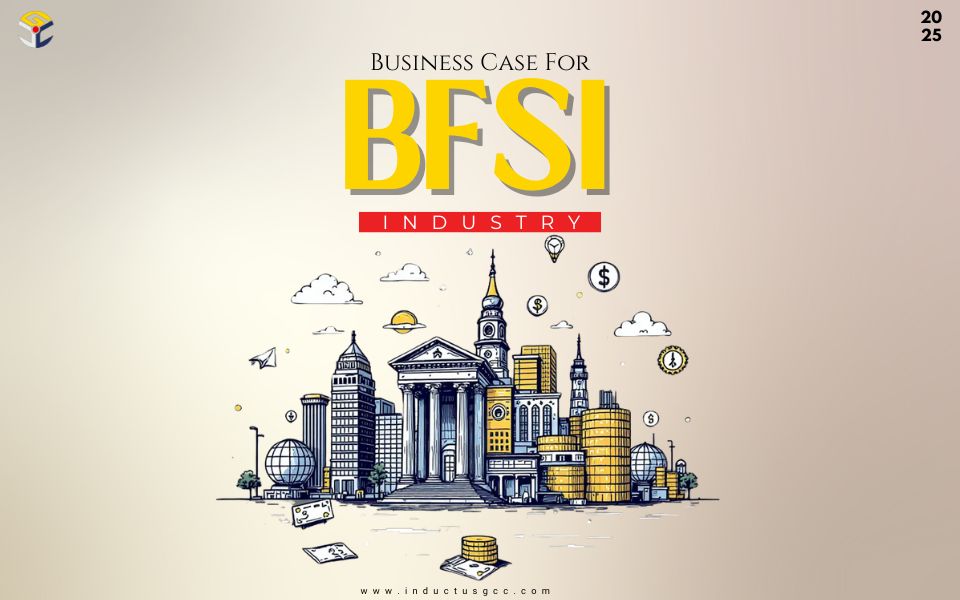What is Agentic AI?
'Agentic' refers to agency, meaning it can operate autonomously and independently. We’ve been creating AI systems that follow similar structures, like those used in ‘smart’ devices. You may have heard of terms like ‘intelligence at the edge’ or ‘AI-enabled devices’—these are examples of AI agents or early forms of agentic AI. But now, industry experts are adding new qualities to what defines true agentic AI.
Agentic AI builds upon the foundation of previous advancements in AI agents. While large deep learning and machine learning systems were adequate for complex tasks, they were often too resource-intensive for lighter applications, such as powering AI in devices like cameras or autonomous vehicles. These systems also made decisions differently, triggering the need for something more dynamic and iterative.
Agentic AI enables the creation of multiple agents with specific roles, such as a cybersecurity expert, a data scientist and a project manager. These agents can collaborate and communicate to accomplish specific security tasks for an organization. This teamwork is a key aspect of how agentic AI functions.
Gen AI v/s Agentic AI
The following analogy can help us understand the difference between Gen AI and Agentic AI.
Gen AI is like a competent intern. You give the intern a particular set of tasks, and the intern executes them and returns to confirm, saying, 'This is what I'm doing; does it make sense?' In contrast, Agentic AI is like a competent colleague you trust to effectively complete tasks. The colleague works independently, and you only sync up occasionally.
Let us find out the major differences between Gen AI and Agentic AI.
|
Feature
|
Gen AI
|
Agentic AI
|
|
Functionality
|
Generates responses based on pre-trained data.
|
Uses smaller, task-specific models for dynamic tasks.
|
|
Adaptability
|
Static and doesn't continuously adapt to external environments unless fine-tuned.
|
Adapts to its environment and refines decision-making based on real-time data and feedback.
|
|
Tool Integration
|
Can integrate tools like Retrieval-Augmented Generation (RAG) for enhanced capabilities but often requires explicit configuration.
|
Natively integrates tool-calling and other agents to make dynamic decisions and automate tasks.
|
|
Autonomy
|
Limited autonomy requires human intervention or explicit prompts.
|
Operates more autonomously, making real-time adjustments.
|
|
Task Focus
|
General-purpose, broad range of outputs.
|
Task-specific, designed for specialized functions (e.g., cameras, autonomous vehicles).
|
|
Collaboration
|
Typically, does not collaborate with other AI models or systems.
|
Collaborates with other agents, databases and sensors.
|
|
Planning and Reasoning
|
Lacks continuous task planning or reasoning abilities.
|
Continuously plans, reasons, and breaks down tasks into subtasks.
|
|
Use Cases
|
Mostly conversational or data retrieval tasks.
|
Suited for real-time, complex tasks requiring autonomous decision-making (e.g., robotics, autonomous vehicles).
|
Agentic AI Use Cases
1. Personal Assistant
Agentic AI agents can help to manage your day-to-day work effectively. For instance, a new AI tool may provide a solution if you are stressed about changing an airline ticket or negotiating your internet bill. DoNotPay has introduced a new AI feature that allows it to call customer service hotlines on behalf of users, handle the conversation, negotiate terms, and even get you the best rates—all without you having to pick up the phone.
2. Contact Center
Agentic AI agents can transform contact centers by improving response times and enhancing customer and employee support. For example, employee queries and issues directed to HR can be time-consuming in an organization. Many organizations use chatbots to handle these inquiries, but if a chatbot cannot resolve a problem, employees must open a ticket for HR personnel to address it within a predefined SLA period. This often results in waiting for a response.
Take a look at this video – AI Agent for HR. – employees can now interact with AI agents that answer their questions instantly. These AI agents communicate and behave similarly to human agents, delivering faster, more efficient support without long waits.
3. Simplify Insurance Claims
Claiming insurance has always been a challenging task. Whether it's vehicle insurance, health insurance, or any other type, the sales team makes bold claims and simplifies the enrollment and payment processes for policyholders. However, the pain begins when filing claims. The claims process with many insurance companies often results in an average to poor experience.
This is where agentic AI is rewriting the rules. Insurance companies can utilize this technology to automate the claims process, from initial filing to final payout. This results in faster processing times, reduced errors, and improved customer experience. Nordic Insurance Company has modernized its claims management system using AI technology.
4. Remote Patient Monitoring
Remote Patient Monitoring (RPM) utilizes technology to collect health data from individuals outside traditional healthcare settings and transmit it to healthcare providers for analysis. This enables healthcare professionals to remotely track patients' conditions without requiring frequent in-person visits.
With the integration of agentic AI, healthcare professionals can continuously monitor vital signs in real-time, such as heart rate, blood pressure, and oxygen levels. Agentic AI can detect patterns or subtle changes and send alerts to doctors, allowing for improved and more proactive patient care.
Building Agentic AI Systems
To understand how Agentic AI systems work, let's start with Retrieval Augmented Generation (RAG), an approach already popular in enterprise applications. RAG improves response accuracy by gathering the latest and most relevant data from a company’s vector database, a special type of database that holds information as “embeddings”—complex mathematical representations of documents.
When a user requests, RAG searches these embeddings to find information that matches and feeds this back to a language model, allowing it to generate responses based on up-to-date data. This structure helps avoid “hallucinations” or inaccurate information, keeping the AI's responses reliable and tailored to specific business needs.
Agentic AI systems expand on the capabilities of RAG by incorporating not only data retrieval but also action-oriented capabilities. Agentic AI can utilize APIs, automation scripts, and plugins to interact with external systems and complete multistep workflows autonomously. For instance, after retrieving data like RAG, Agentic AI can go further by acting upon it.
LongChain, Auto-GPT, BabyAGI, Zapier, Make, and Airflow are popular agent frameworks and workflow orchestration tools that enable developers to create autonomous, GPT-based agents capable of performing multiple tasks iteratively without human intervention. These tools allow AI systems to trigger workflows, connect with various applications such as CRMs, spreadsheets, and email clients, and orchestrate complex workflows, making them valuable for setting up and scheduling automated tasks in AI systems.
Challenges in Building Agentic AI Systems
1. Scalability
While individual agents typically focus on specific tasks—like managing a single drone or smart sensor—larger agentic AI systems face significant scalability challenges. These systems require enhanced processing power, memory, and storage to accommodate growing workloads. Careful architectural design is essential to effectively support this expansion as system demands increase.
2. Computational Resources
While agentic AI systems may require significant computational power, they don’t always rely on high-end GPUs. Many agentic AI systems can operate effectively on CPUs, including low-end models commonly used in smart home devices. However, optimizing these systems to balance efficiency and performance is a challenge.
3. Integration
Agents must communicate with multiple data sources, which often necessitates using middleware to bridge the gap between the data source and the agentic AI. Ensuring a seamless flow of data and interaction among these systems is crucial to successful implementation.
4. Robustness and Reliability
Agentic AI systems can be quite complicated, with many agents working on different platforms. This complexity creates several opportunities for things to go wrong. If one agent doesn’t complete its task, it can stop other agents from doing their jobs, causing delays. As the system becomes more complex—especially when using different devices, platforms or cloud services—it becomes more fragile, raising concerns about its reliability.
5. Reducing System Vulnerability
The more connected the agents, the higher the risk that one failure could disrupt everything. Managing this risk requires extra safeguards, which adds complexity and cost compared to traditional systems.
6. Ethical and Safety Concerns
Ethical and safety concerns in agentic AI focus on bias, transparency and accountability. AI models should be trained on diverse data to ensure fairness, be transparent so humans can understand their decisions, and have clear accountability for any harm caused.
Final Thoughts
Agentic AI offers businesses the potential to automate processes, saving both time and money while enabling rapid scaling. It also brings people-centered benefits, allowing employees to spend less time on routine tasks and more time adding value and creativity to their work.
Efforts to build agentic AI systems should focus on supporting humans rather than on replicating them. Similar to how planes were designed to fly like birds but without flapping wings, agentic AI should aim to complement human abilities in unique ways. The next few years will be transformative as we navigate this transition. The businesses that recognize this shift early will be best positioned to thrive.
Author
Venkat Kandhari - Industry Principal, Engineering Services, Infosys






 @INDUCTUS
@INDUCTUS






